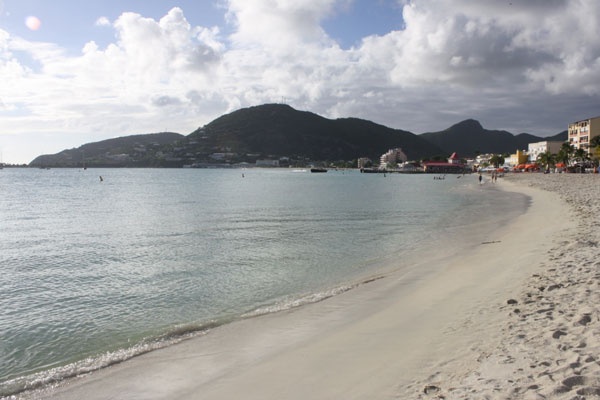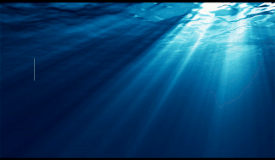 Great Bay Beach Water Quality Shows Concerning Levels.
Great Bay Beach Water Quality Shows Concerning Levels.
The Nature Foundation carried out water quality tests on the 1st and 2nd of November 2012 at seven sites surrounding St. Maarten. These tests, which are conducted bi-annually, are carried out in order to determine the levels of pollutants and other factors affecting wetlands and beaches on St. Maarten. Tests were carried out in order to determine Nitrates (which shows that the water is polluted), Phosphates (which shows the presence of Sewage), Nitrogen, Dissolved Oxygen, and the acidity of the water. Tests were carried out on seven sites; Cole Bay Lagoon, Simpson Bay Lagoon, Mullet Pond, Kim Sha Beach, Great Bay Beach, Belair Pond, Fresh Pond, and the Great Salt Pond. The sites of Great Bay Beach and Kim Sha Beach were particularly chosen to test the swimming quality of the beaches.
The most concerning results during this round of testing came from the Great Bay area. For numerous weeks the Foundation has noticed green discolored water and decided to increase testing at the Great Bay site. Increased levels of Nitrates, Phosphates and Coliform Bacteria were tested at that site which shows low water quality at the eastern side of the beach that may be unsuitable for swimming. The Nature Foundation has sent a report to the authorities explaining its findings including recommendations on management actions to be taken in Great Bay. Particularly water quality close to inlet of the Rolandus Canal showed very poor water quality.
All of the other sites including the Cole Bay Lagoon, Kim-Sha Beach, and Mullet Pond areas had medium levels of both phosphates and nitrates in samples tested. Elevated levels of nitrates and phosphates show that there is a presence of various types of pollutants and sewage which can cause toxic algal blooms and mortality events (large scale dying of fish, turtle and crabs) in wetlands and coastal areas. The highest level was recorded in the Great Salt Pond and indicates the presence numerous pollutants and sewage in the tested water. This may cause fish die offs and algal blooms. Taking this into consideration levels will continuously be monitored by the Nature Foundation.
Similarly the sites Cole Bay Lagoon, Kim-Sha Beach, and Mullet Pond had low levels of Nitrogen in samples tested. Elevated levels of Nitrogen, caused by pollutants, can cause massive fish die-offs in wetlands and coastal areas. The highest level was recorded in the Great Salt Pond at .6 ppm, which is a relatively high number and indicates the presence of elevated nitrogen levels which can pose a threat to aquatic organisms and which may cause fish die-offs between now and the end of the year. The Nature Foundation will continuously monitor Nitrogen Levels at this site in order to give an approximation when fish die offs may be expected.
Almost all levels of oxygen recorded were at sufficient levels to maintain healthy life. The lowest level was recorded in the Great Salt Pond. The Foundation will closely monitor the Salt Pond for a further drop in oxygen levels which may result in fish kills and breeding of airborne insects (i.e. Midges).













